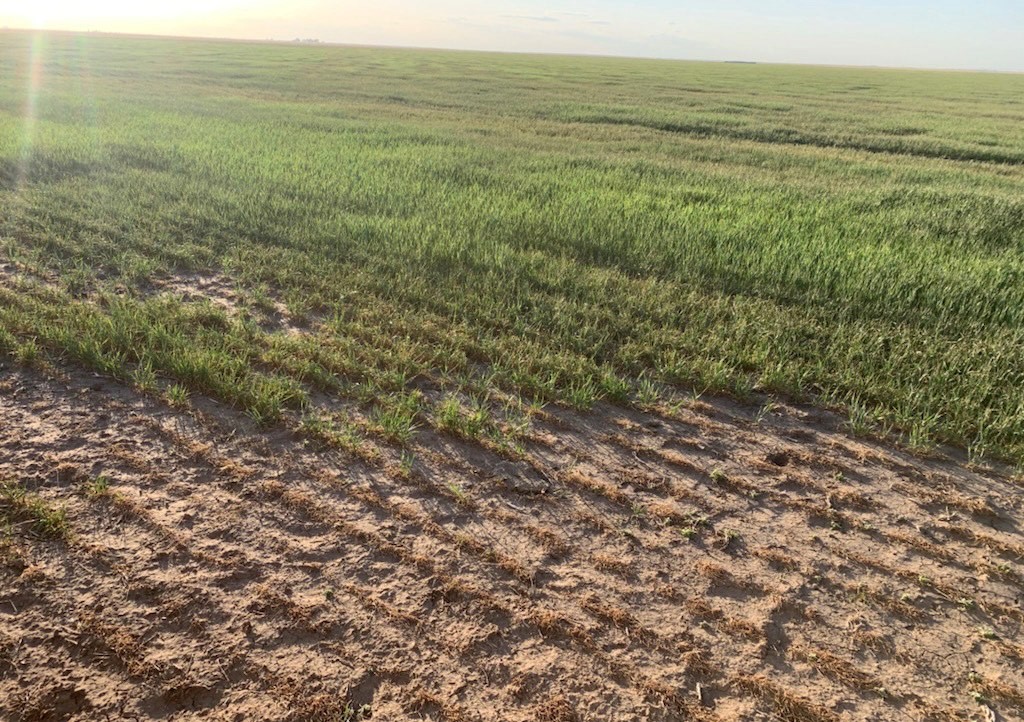
On last week’s Crop Progress Report, winter wheat conditions in Oklahoma fell 9 percentage points from the previous week to 37 percent good to excellent. Oklahoma Wheat Commission’s Mike Schulte says drought is just one more challenge that Oklahoma wheat producers are dealing with.
“Producers certainly are facing some challenging times, just with the overall crop this past year from planting,” Schulte said. “We have had an extremely dry winter and they are trying to make those management decisions about what they are going to do.”
He noted that producers in Southwest Oklahoma are deciding whether to see out their wheat crops to maturity or rip them up to plant cotton. In the Central and Northern regions, the wheat was planted so late that it is emerging from dormancy much smaller than usual, and combined with a lack of rainfall and high, drying winds, producers are really praying for rain.
Weather forecasts predict a wetter, cooler trend moving into April, which is creating a higher degree of optimism for the wheat crop.
“The verdict is still out, but be see yield drag in the field when we do have a later planted crop that is out there a lot of times based on weather conditions in Oklahoma, so I think producers are cautious about this one and the thoughts are that we’ve got some challenges as we move ahead and before we get this one in the bin,” Schulte stated.
He noted that there are two wheat crops in the fields: those that were dusted in during last year’s flash drought and those that were planted late after rainfall records were broken in a matter of days last November.
“In many instances, we got rains, but we got it all at one time,” Schulte explained. “Then, it really got too late for them to get back in the fields, so the stands weren’t as good on those early plantings as we would have liked in a lot of those areas. There were those producers that opted to wait for the rain, so that pushed us back into the last two weeks of November and the first week of December in a lot of instances.”
Due to the variety of management decisions during planting, there are areas across the state with wheat in various stages of maturity, from jointing to past first hollow stem and others that are still two to three weeks behind.
“It will be interesting to see how we get this one out as far as harvest dates moving into the future,” Schulte commented.
The OSU Wheat Variety Testing Plot Tours, which Oklahoma Wheat Commission sponsors, are to begin on April 21 at 10 a.m. at Jimmy Kinder’s property near Walters, Oklahoma. The schedule for subsequent tours can be found here.
“There is a lot work being done on later planted wheat varieties, so producers are going to be looking at those varieties that are in the plots and how management decisions can be made with those later planted varieties as well as those varieties that are going to hold up in the drought-tolerant situations that we have been breeding for in the research program over the last four or five years in Oklahoma,” Schulte detailed.
Photos of fields from across the state that have been submitted appear to be doing reasonably well, considering the circumstances. Schulte said, “They could look better, but our hope is that if we do get moisture in the beginning or middle of April, maybe things will look better, and we’ll have something better to talk about as we start those plot tours toward the end of April.”

















